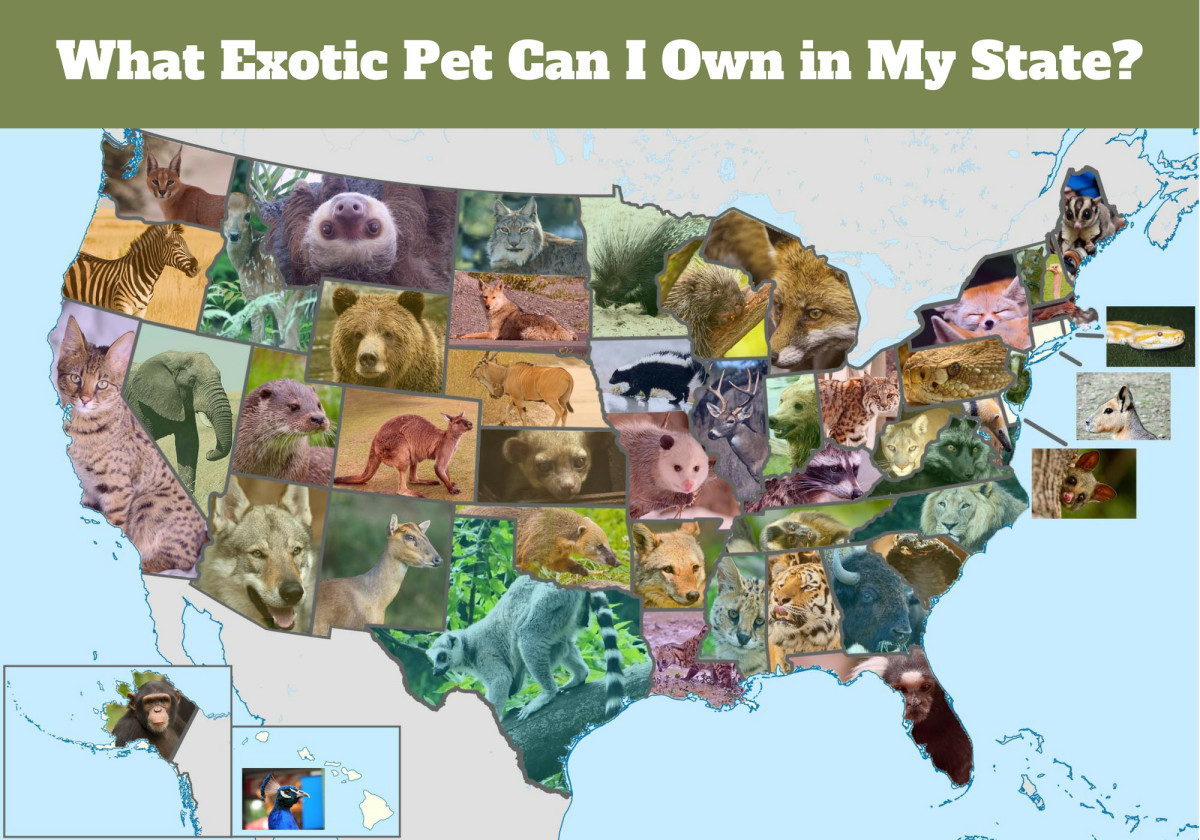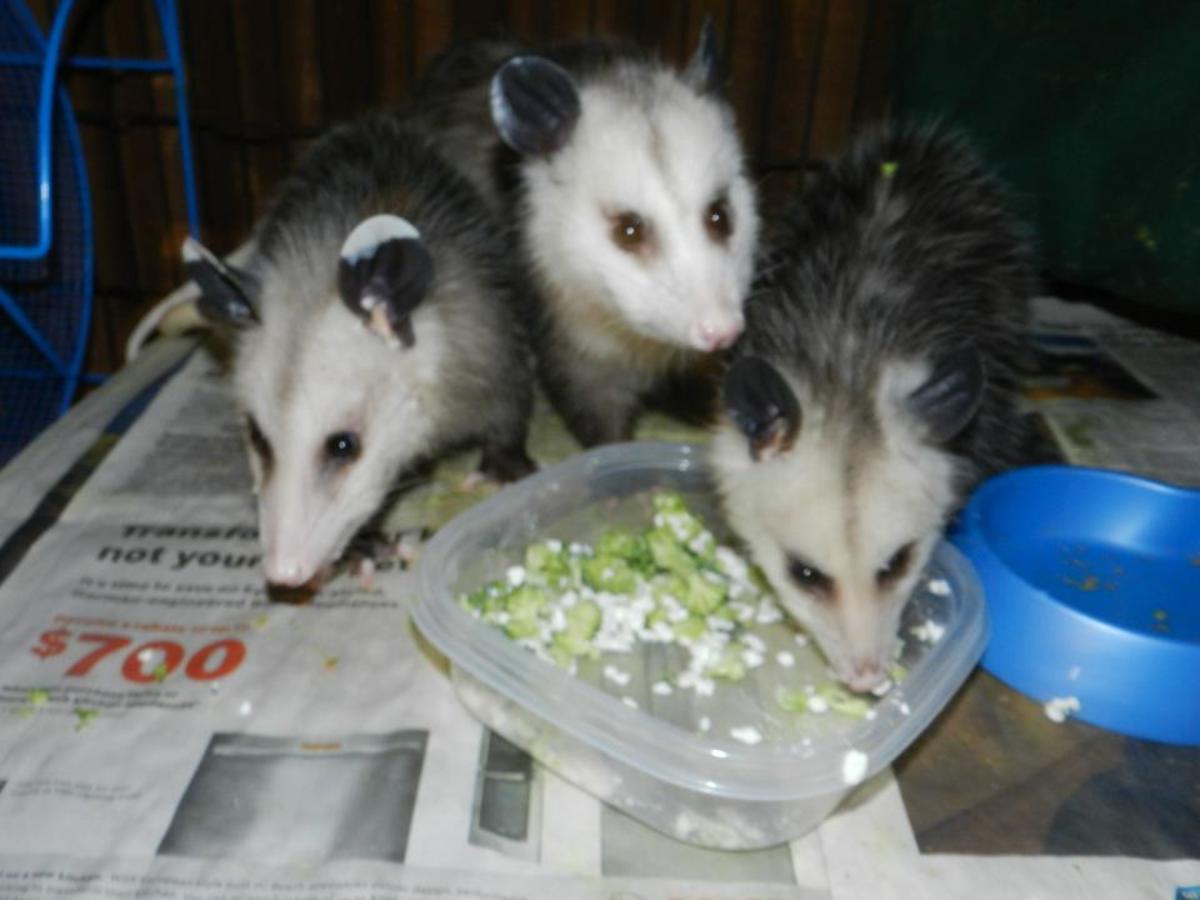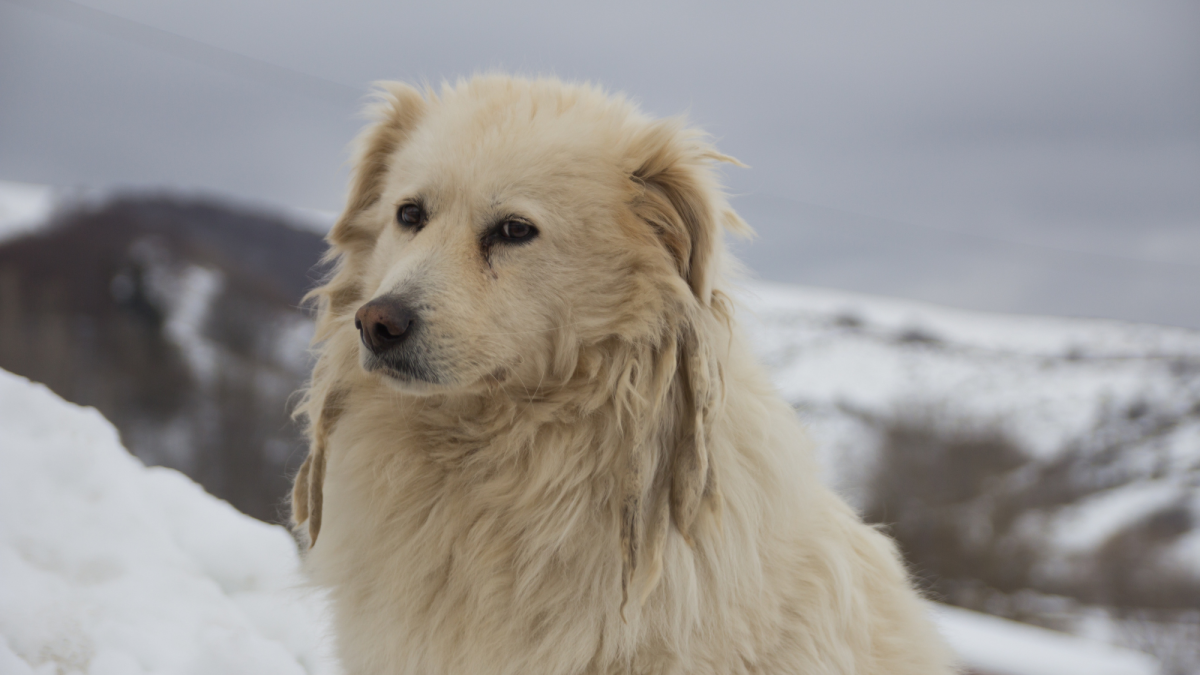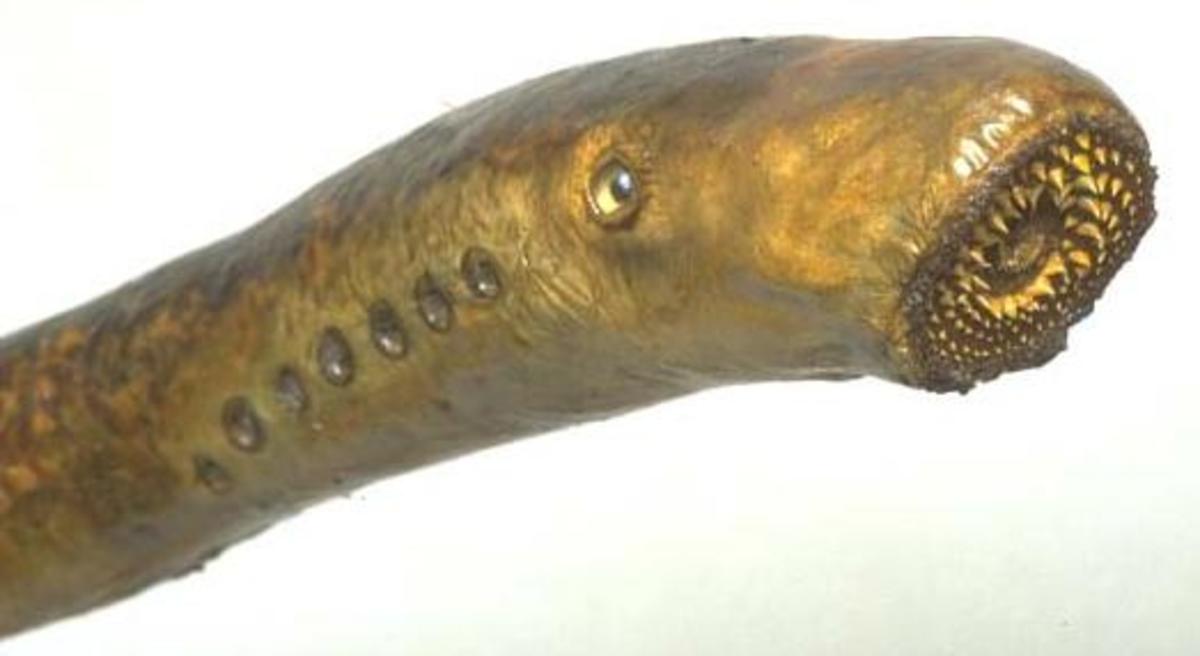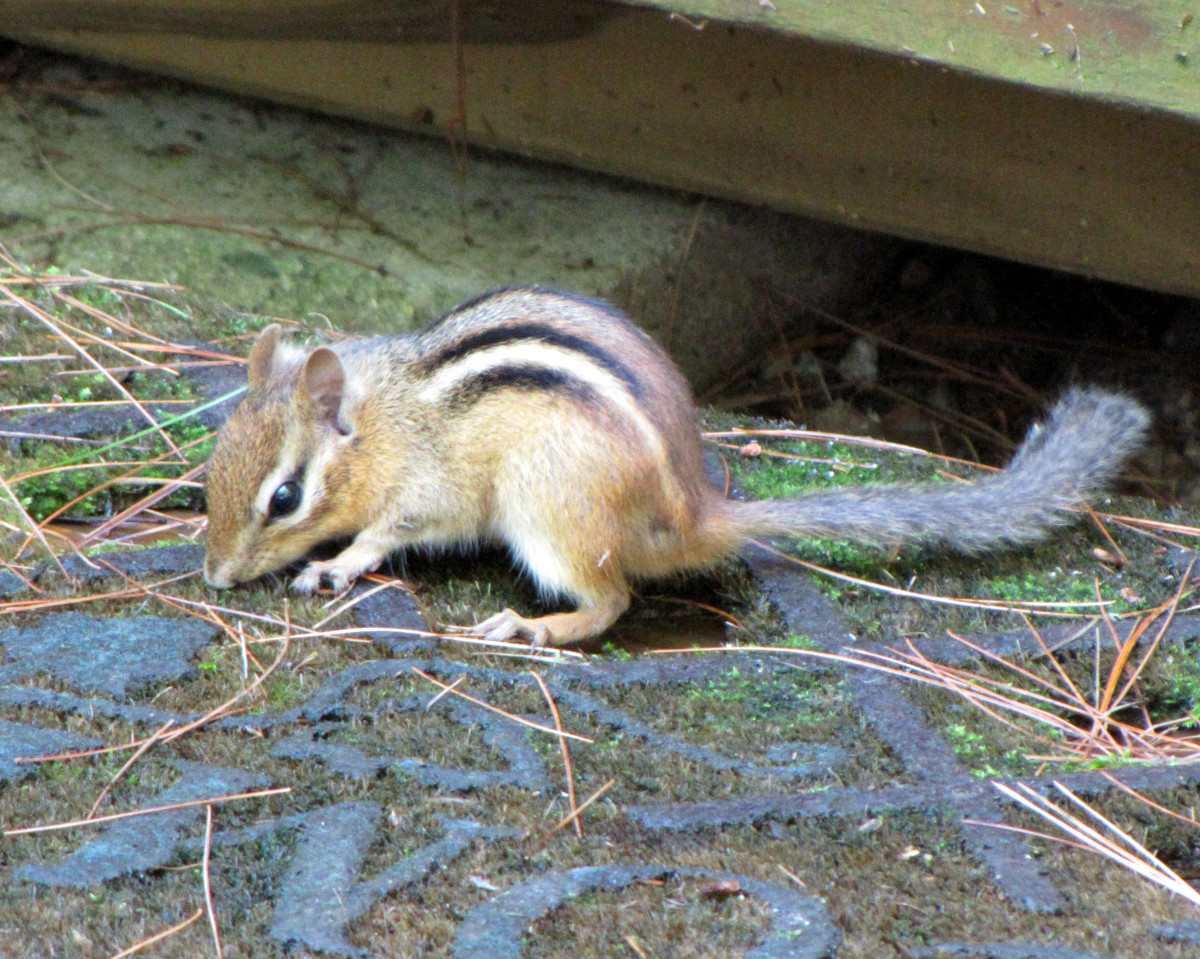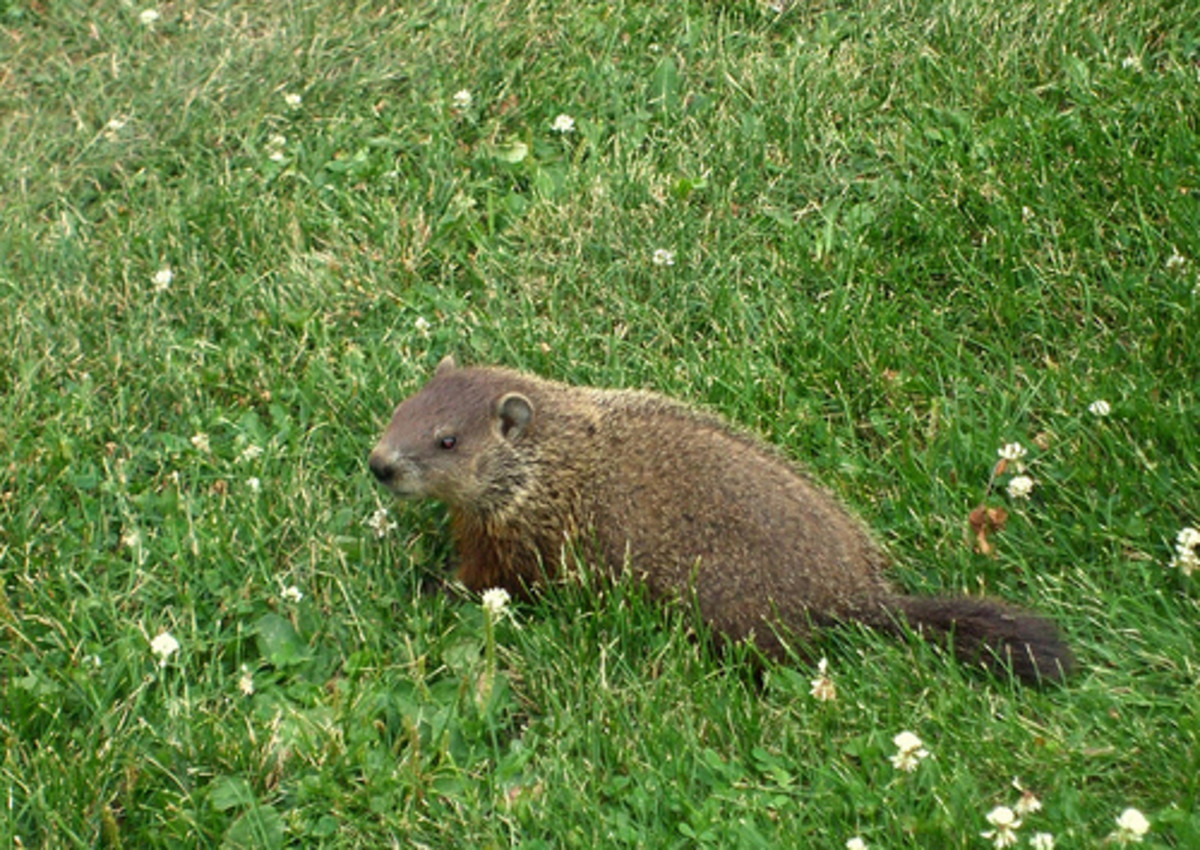Possum Characteristics, Feeding and Reproduction - What to Feed Baby Possum

Everything You Need To Know About The Possum
The possum is one of the oldest mammals in the world; scientists have found fossils of this species that date back 65 million years, a period in which dinosaurs became extinct.
The possum is one of the best known marsupials in the world. In the American continent alone there are almost 100 different species of this mammal. Its physical resemblance to rats generates aversion in some people. However, this sympathetic animal does not represent any kind of risk as rodents could do.
One of its main characteristics is the docility in its dealings with humans. So much so that some daring people acquire them as exotic pets and boast about them.
However, the care and attention of this type of animal tend to exceed the 'good intentions' of those who buy or capture them. In many cases they end up releasing them in a habitat they do not recognize, which assures them a certain death.
Another reason for the death of possums is their clumsiness in walking, which causes many car crashes. There, hundreds of female opossums die carrying their young in their bags or pouches, leaving them orphaned and with little chance of survival.
Characteristics And Behavior Of The Possum
In some places it's known as a backpacking bitch. Its small and shiny eyes fit perfectly in the head, and its snout is elongated. The coat tone can vary between grey, brown, black and white. However, its tail is devoid of fur, but helps to hang on the branches of trees.
It has large opposable fingers, like primates, without belonging to that lineage. This makes it a great climber. Its size does not exceed 40 centimeters in length, without measuring the tail, and can weigh about five kilos. Their life expectancy is eight years.
The behaviour of this marsupial is unpredictable and, although it has been shown to be harmless, it can show nervous and hyperactive alterations. In some cases, if not maintained in the right conditions, they can become aggressive.
The possum is known worldwide for its self-preservation instinct. When feeling under threat, the animal slows its heart rate, falls to the ground in total body stiffness and with a buccal rictus that resembles its death. Then, noticing that the danger has ceased, they get up and continue walking normally.
One of the main characteristics regarding the behaviour of the possum is that it is quite unpredictable, somewhat nervous and active. Although it is a completely harmless type of animal, Jordi Aguiló, a veterinarian specializing in exotic pets from Tot Exotic Valencia, warns us that possums "are animals that if not kept in good conditions can become aggressive, and run the risk of people releasing them and becoming a plague in freedom. And he reminds us that this is not an unknown fact, as there is the precedent of abandonment with raccoons and coatis: "a few years ago, people bought this type of animals from puppies because they were very funny, then grew up, became aggressive, and people had to sacrifice them, or released them in freedom, turning them into invaders. In fact, there are problems in some communities (like Madrid) because of the raccoons.
A characteristic feature of the possum's behavior is its developed instinct for self-protection. When this animal feels in vital danger, it lowers its heart rate to levels practically impossible to detect, entering a kind of involuntary coma. They even give off a bad smell, make a fatal grimace, and their body remains rigid pretending to be dead. "When they feel threatened, they make a characteristic noise ('hiss') and then remain frozen with their mouth half-open showing their teeth," explains Jordi. In fact, there is an English expression that relates "playing possum" to "playing dead".
Finally, to emphasize that the possum, in addition, is an animal of nocturnal habits, that is to say, it maintains a considerable activity during the night (its moment of greater action is of 11 of the night to 2 of the dawn), reason why it is important that we have this data in account if we are thinking of taking this marsupial to house, not to take surprises that can make us repent of our decision.
Feeding
Being an omnivorous species, this marsupial does not waste the food it finds in its path. Its diet includes leaves, flowers, fruits, insects and even some small mammals, reptiles and birds.
Additionally, having been displaced from their natural habitat to the borders of towns and cities, possums also ingest food waste and the remains of other animals. They have very sharp teeth and an extraordinarily strong jaw that allows them to voraciously swallow their prey.
These mammals reach sexual maturity at 10 months of age. During the mating season, the female expels an aroma, unpleasant for humans, which indicates to the male the best time for reproduction. The reproductive system of females splits into two vaginas, two uteruses and two cervixes. The male, on the other hand, has a two-pointed penis.
Reproduction
The gestation period is relatively short, as only two weeks are enough to generate a litter of up to 16 offspring. At birth, the baby opossums look for the mother's nipples inside the marsupium and remain there guarded for approximately 50 days. When they leave the mother's bag, they are hung on the mother's back until they can unwrap themselves.
What To Do If You Find a Baby Possum?
As mentioned above, it is common to find orphaned possums. If you come across a litter or a single individual of this species, there are some important considerations to take into account.
The first thing is to try to protect the life of the animal, for which you can use your body and your clothes. Place it close to your chest or stomach gently and cover it with your clothes or a piece of cloth. This is intended to provide the warmth it requires. When you feel that it has regained its temperature, leave it wrapped in the fabric and transfer it to a small cardboard or plastic box.
It makes sense to communicate with local wildlife services so that they can take care of the offspring. There they have specialized personnel for this type of eventuality and they will know how to respond to the situation with the speed and responsibility it deserves.
While the specialized help arrives, it is important to feed the baby possum, for which you can supply them with serum of any commercial brand: it will prevent dehydration. With two millilitres of serum per 50 grams of baby's weight, supplied every two hours, the improvement can be seen.
If you do not have whey at home, you can prepare your own with two spoonfuls of sugar and a pinch of salt diluted in a litre of water. Administer it with a syringe, which you must wash before each use and have one for each of the babies.
These are the first aid to give in these cases. However, there are other types of care that only specialists can provide effectively. If you don't have local help, go to a veterinarian for other actions to ensure the welfare of the litter.
Mother's Possums and their babies are on the move - Here's what you can do
Did you know that during spring and summer, possum mothers carry their babies in a bag on their bellies? And the warmer the country, the more these mothers and their babies travel.
In areas where their habitat converges with that of humans, these animals face high risks such as being hit by a car or attacked by dogs. But this photo is showing the public that, even if a possum mother is injured or dead, her babies could still be alive.
Small possums in this situation can remain alive for days, and will suffer from dehydration, starvation, or exposure.
What You Can Do
If you come across a possum that looks dead-and only if it's safe-check inside its pouch to see if it contains any pups you could save. A baby possum can be as small as your fingernails, or several inches long.
If you find young, take them to the nearest veterinarian, animal shelter, or wildlife rehabilitator for evaluation. If you don't want to risk the little ones, it's best to transport them while they're still in their mother's pouch.
Always be on the lookout for moving animals-you may be the one helping keep them safe. Share this information with your family and friends on social networks. You can be the difference that saves the life of one animal-or several.

